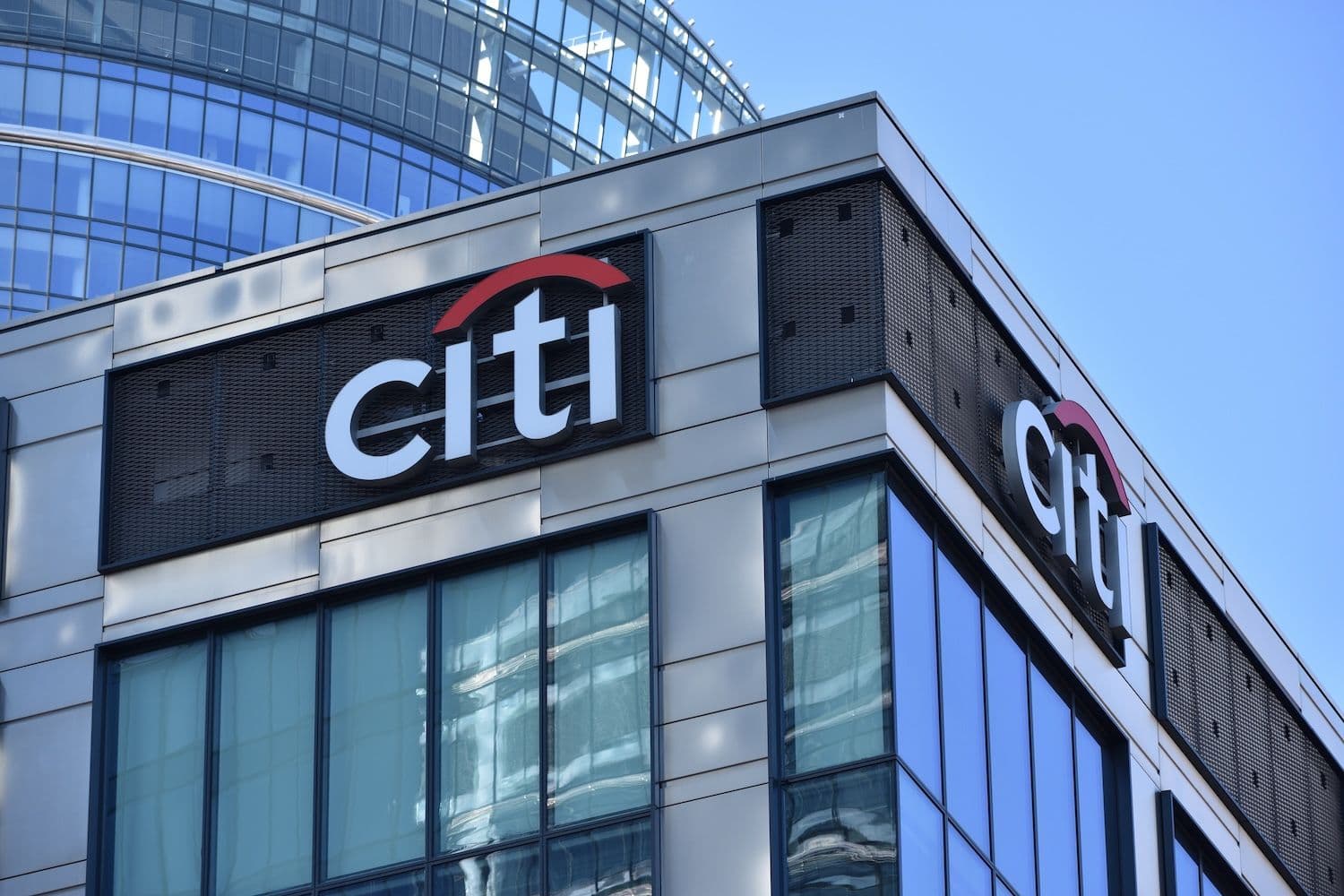Citigroup has issued new price targets for Ether, projecting the cryptocurrency will fall to $4,300 by the end of 2025, representing a decline from current levels of $4,515. The Wall Street banking giant presented a notably wide range of possibilities, with a bear case scenario dropping to $2,200 and a bullish outcome reaching $6,400.
What to Know:
- Citi predicts Ethereum will fall to $4,300 by year-end but could slide to $2,200 in the bear case or rise to $6,400 in a bullish scenario.
- Layer-2 growth clouds valuation, with Citi assuming just 30% pass-through to Ethereum's base layer, leaving current prices above model estimates.
- ETF inflows are punching above their weight but are expected to stay smaller than Bitcoin's.
Layer-2 Networks Create Valuation Challenges
The bank's analysts identified network activity as the primary driver of Ether's value but noted significant complications from layer-2 development. Recent growth has occurred predominantly on these secondary networks, creating uncertainty about how much value transfers back to Ethereum's base layer.
Citigroup's model assumes only 30% of layer-2 activity contributes to Ether's overall valuation.
This assumption places current market prices above the bank's activity-based estimates. The analysts attributed this premium to robust investment flows and growing excitement around tokenization applications and stablecoin usage.
Layer-2 solutions represent off-chain systems or separate blockchains built on top of the primary Ethereum network. These systems process transactions more efficiently than the base layer but create analytical challenges for traditional valuation models. The technology allows for faster and cheaper transactions while theoretically maintaining security through the underlying Ethereum infrastructure.
ETF Performance and Market Dynamics
Exchange-traded fund flows for Ether have demonstrated greater price impact per dollar invested compared to Bitcoin ETFs, despite smaller overall volumes. Citigroup expects these flows to remain constrained due to Ether's smaller market capitalization and reduced visibility among retail investors new to cryptocurrency markets.
The bank's analysis suggests Ether ETFs face structural limitations that will prevent them from matching Bitcoin's institutional adoption rates.
Lower market awareness and the complexity of Ethereum's ecosystem may continue to limit mainstream investment interest. However, the existing flows show higher efficiency in moving prices, indicating concentrated buying pressure from informed investors.
Broader market conditions provide only modest tailwinds for risk assets, according to Citigroup's assessment. With equity markets already approaching the bank's S&P 500 target of 6,600, analysts do not anticipate major upside momentum from traditional risk-on sentiment. This macro environment limits potential catalysts that might drive Ether beyond base case projections.
Understanding Cryptocurrency Market Terms
Several technical concepts underpin Citigroup's analysis of Ether's valuation challenges. Network activity refers to the volume and frequency of transactions processed on the Ethereum blockchain, historically serving as a reliable indicator of underlying demand and value.
Pass-through rates measure how much economic activity on secondary networks translates into value for the primary blockchain. In Ethereum's case, layer-2 networks may capture significant transaction volume without proportionally benefiting the base layer's token value. Market capitalization represents the total dollar value of all circulating tokens, calculated by multiplying current price by available supply.
Tokenization describes the process of converting real-world assets into blockchain-based digital representations. Stablecoins are cryptocurrencies designed to maintain stable values relative to reference assets, typically the U.S. dollar.
Final Thoughts
Citigroup's forecast reflects the complexity of valuing Ethereum amid rapid technological evolution and changing market dynamics. The bank's wide price range acknowledges significant uncertainty while identifying layer-2 growth as a key variable affecting traditional valuation approaches.

